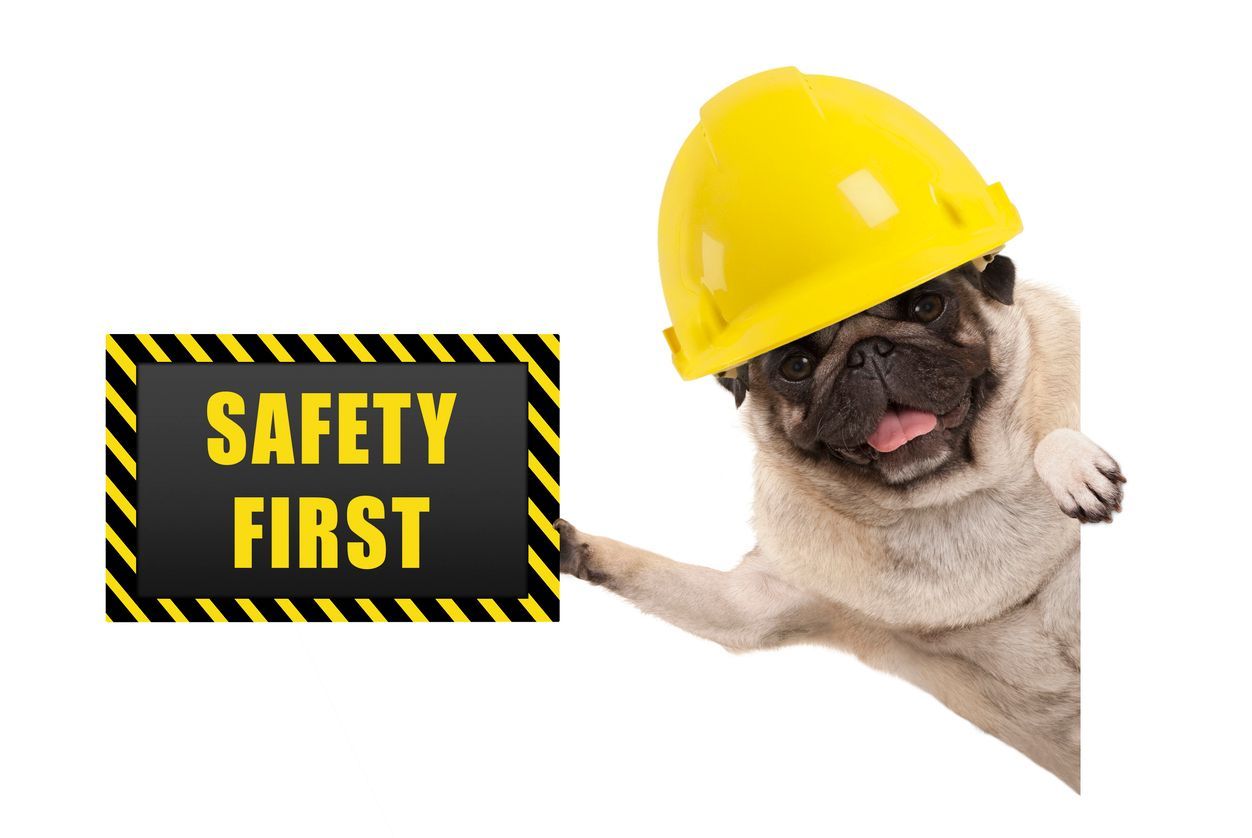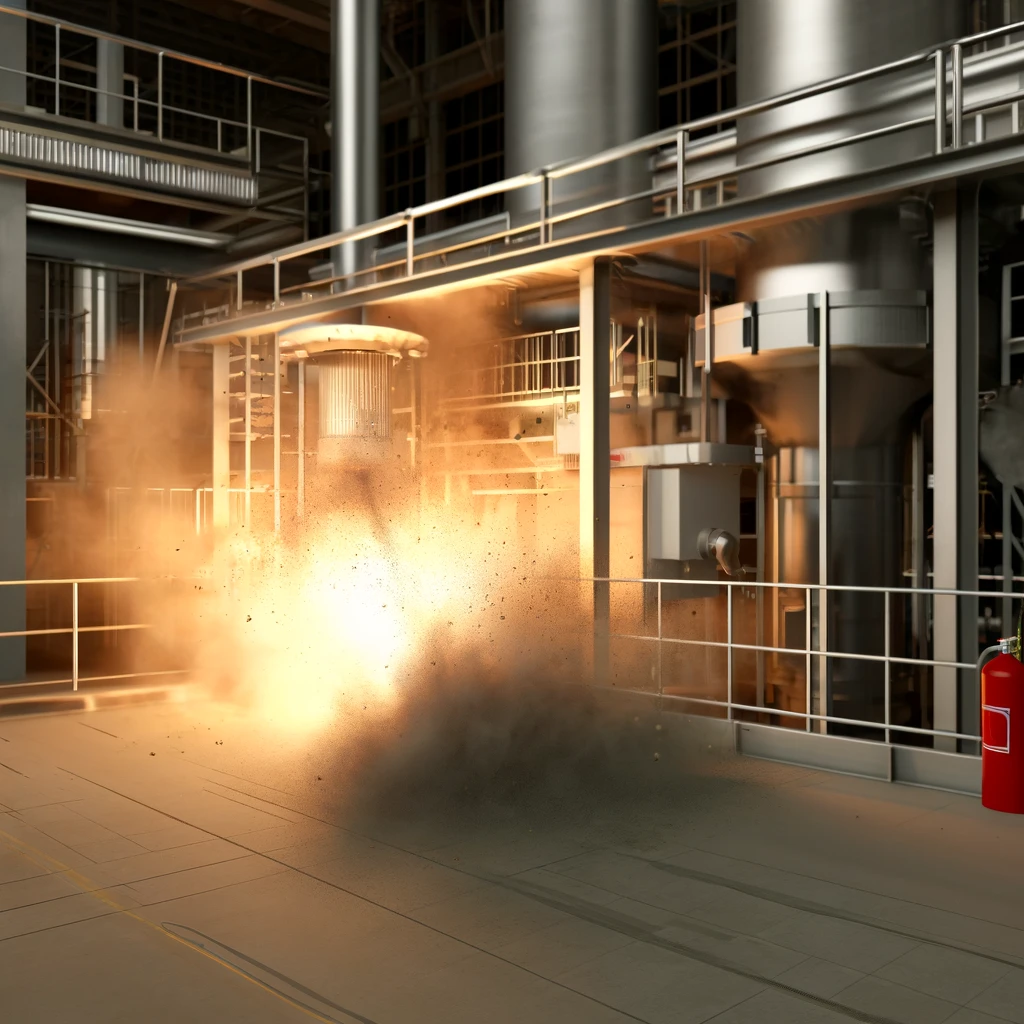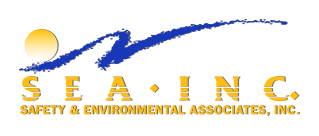EH&S Management vs. EH&S Leadership: From Just Compliance to Wow Excellence
Safety, environmental responsibility, and health (often collectively termed EH&S) are pivotal concerns for companies in various industries. However, there is a marked distinction between merely managing these aspects and leading in them. Let's dive deeper into the difference between EH&S Management and EH&S Leadership and how SEA can be the catalyst for companies to transition from managing to leading.

EH&S Management: The Foundation
EH&S Management encompasses the strategies, systems, and practices that businesses establish to ensure they are compliant with regulatory standards and guidelines. It's about ensuring a baseline level of safety, environmental responsibility, and health within an organization.
Features of EH&S Management:
- Reactive: Typically, management involves responding to situations or incidents that have already occurred.
- Compliance-driven: The focus is on meeting the minimum required standards set by regulatory bodies.
- Checklist approach: It’s about fulfilling certain criteria or tasks, often without a broader strategic goal.
EH&S Leadership: The Next Level
EH&S Leadership, on the other hand, moves beyond just managing to setting the gold standard. Leaders in this domain are forward-thinking, proactive, and set benchmarks that often surpass what is merely required by law.
Features of EH&S Leadership:
- Proactive: Instead of waiting for incidents to occur, leaders anticipate challenges and set measures in place to prevent them.
- Culture-driven: EH&S is woven into the fabric of the company culture, ensuring everyone, from top executives to front-line workers, values and prioritizes it.
- Strategic vision: Leaders have a broader picture in mind, understanding how EH&S initiatives align with the company's long-term goals and brand identity.
Making the Shift with SEA
Now that we’ve differentiated between EH&S management and leadership, let's discuss how SEA can be instrumental in making this transition.
- Tailored Strategies: At SEA, we believe that every company is unique, with distinct challenges and goals. We work closely with your team to design EH&S strategies that fit your organization's specific needs.
- Training & Development: Leadership is all about people. We provide top-notch training modules that not only impart knowledge but also cultivate a leadership mindset among your staff.
- Continuous Improvement: The journey from management to leadership is ongoing. SEA offers tools and expertise for continuous assessment and improvement, ensuring that your company is always at the forefront of EH&S excellence.
- Technological Solutions: In the modern world, leveraging the right technology can be a game-changer. SEA offers state-of-the-art technological solutions that streamline processes, enhance data-driven decision-making, and foster innovative approaches to EH&S challenges.
- Engagement & Culture Building: Leadership is about influencing and motivating. SEA helps instill a culture where every individual feels responsible for EH&S, transforming mere compliance into passion.
Conclusion
While EH&S Management lays the groundwork, EH&S Leadership is about elevating your organization to unparalleled heights of safety, environmental responsibility, and health. As your partner in this journey, SEA offers the tools, expertise, and commitment needed to help you reach and sustain those leadership goals. When you're ready to lead, we're here to guide the way.
By Derek Jennings
President
SEA



10201 W. Markham Suite 317
Little Rock, Arkansas 72205
Phone: 888-374-3442
1750 Highway 160 West, Suite 101-147
Fort Mill, SC 29708
Phone: 839-400-2223
Our Hours
- Mon - Sun
- Open 24 Hours
SEA Inc. | Powered by Flypaper | All Rights Reserved | Privacy Policy
